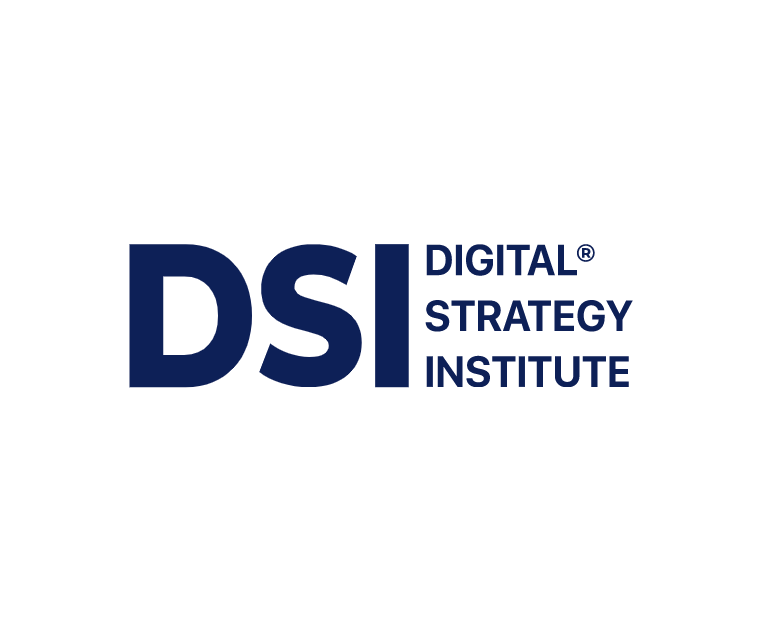Web 3.0 - The Future of Internet is here
- Digital Strategy

- Jan 29, 2022
- 3 min read
The internet has come a long way since its inception in the early 1990s. From humble beginnings as a way to connect people around the world, it has grown into a vast and complex ecosystem that is used by billions of people each day. However, the internet of today is just the beginning. The next phase of the internet – Web 3.0 – is on its way, and it will bring with it a host of new features and benefits.
Key Elements of Web 3.0
1. Decentralization: Web 3.0 will be built on a decentralized platform that will allow users to control their own data and interactions. This will provide a more secure and user-friendly experience, as well as promote transparency and accountability.
2. Improved Security: Web 3.0 will incorporate enhanced security features that will protect users' data and identities. This will help to ensure that online transactions are safe and secure.
3. User-Friendly Interface: Web 3.0 will feature a user-friendly interface that will make it easy for people of all ages to use. This will include simplified navigation and an intuitive layout.
4. Enhanced Functionality: The enhanced functionality of Web 3.0 will allow users to perform a variety of different tasks from their web browser, such as pay bills and access medical records.
5. Better Content Consumption: In addition to performing various tasks, the enhanced functionality will also improve how people consume content on the web. This includes being able to view 360-degree videos, 3D images, and interactive content without the need for additional hardware.
6. Distributed Applications: Web 3.0 features distributed applications that are powered by peer-to-peer protocols rather than centralized data centers that use cloud-based technology. This allows them to function without downtime or interference from third parties.
7. Improved Scalability: The distributed applications of Web 3.0 will be able to scale up or down to meet the needs of the user and the network. This will provide a more reliable and responsive experience for all users.
8. Reduced Energy Consumption: By using peer-to-peer protocols, Web 3.0 will require less electricity than the current cloud-based infrastructure. This will reduce operating costs and promote environmental sustainability.
9. Algorithm Transparency: Because Web 3.0 is decentralized, it is more transparent than previous iterations of the web. All nodes on the blockchain are publicly visible, which makes them easy to audit by users, regulators or anyone else who is interested.
10. Autonomous Agents: Web 3.0 features autonomous agents that will allow users to interact with each other without the need for a third party. This will provide more trust and privacy between users, as well as reduce the risk of fraud or manipulation.
Benefits of Web 3.0 include:
Decentralized hosting: This will allow websites to be hosted on a variety of different servers, rather than just a few centralized ones. This will make it harder for websites to be shut down or censored, and also makes the internet more resilient against attacks.
Autonomous agents: These are computer programs that can independently carry out tasks, such as buying and selling goods online. This could greatly improve ecommerce by removing the need for people to oversee these transactions.
Trustworthy data: This provides ways for users to control their own information, and decide who can access it. For example, if someone were to use this technology when applying for a job, they would be able to prove that they have the qualifications listed on their CV without actually handing over their personal information.
These are just some of the planned features for Web 3.0. It is still in development, so it is not clear yet how many of these will actually be implemented. However, if it can live up to its promise, it could revolutionize the internet as we know it.



Comments